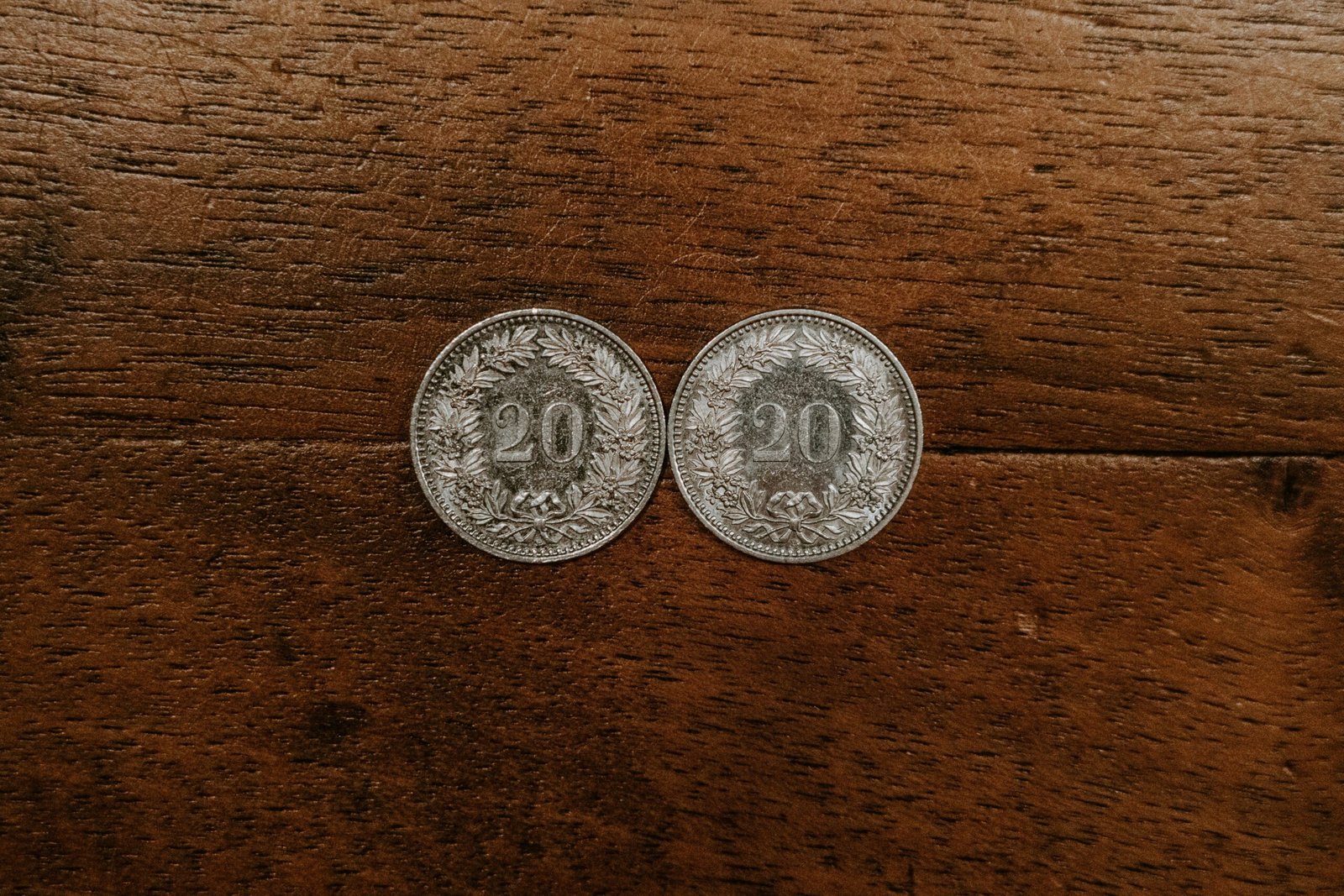Ever tried explaining compound interest to a 7-year-old? Yeah, it’s like trying to explain TikTok to your grandma. But here’s the kicker: kids who start learning about money young are 34% more likely to save for their future. Let’s dive into everything you need to know—from why youth savings accounts rock to practical tips on teaching financial literacy.
This guide will walk you through why youth savings accounts are awesome, how to pick one, and actionable steps to teach kids about money. Ready? Buckle up—your wallet (and your kid’s piggy bank) will thank you!
Table of Contents
- Key Takeaways
- Why Teaching Kids About Money Matters
- How to Open and Use a Youth Savings Account
- 5 Fun Ways to Teach Financial Literacy
- Success Story: A Family That Saved Together
- FAQs About Youth Savings Accounts
- Conclusion
Key Takeaways
- Youth savings accounts build lifelong financial habits early.
- Start with simple lessons like budgeting and delayed gratification.
- Use real-life examples—like birthdays or chores—to make money relatable.
- Avoid giving them too much control without guidance—it can backfire.
- Celebrate milestones like hitting savings goals for motivation.
Why Teaching Kids About Money Matters
“Money doesn’t grow on trees!” How many times have you heard—or said—this classic line? Yet studies show that nearly two-thirds of parents don’t talk to their kids about money regularly. That’s a problem because kids soak up financial behaviors from as young as age three.

Real Talk:
Optimist You: “Oh, they’ll figure it out in school someday.”
Grumpy You: “School barely teaches fractions properly—how do we expect them to understand budgets?”
The Problem in Numbers:
- Only 24% of millennials demonstrate basic financial literacy skills.
- Parents report feeling awkward talking about finances with their kids, leading to a major gap in knowledge transfer.
Here’s where youth savings accounts step in—not just as tools but as educators in disguise. When set up right, these accounts act as tangible ways for kids to see their progress and grasp concepts like earning, spending, and saving.
How to Open and Use a Youth Savings Account
Step 1: Choose the Right Bank or Credit Union
Not all banks are created equal when it comes to helping Junior learn about cash flow. Look for institutions offering youth-focused perks like no monthly fees, educational resources, or rewards programs tied to responsible habits.
Step 2: Explain What a Savings Account Is
Sounds simple, right? Wrong. Try describing compounding interest to an eight-year-old. Instead, use analogies:
“Think of your savings account like watering a plant. Every time you add water (money), it grows bigger!”
Step 3: Set Up Regular Contributions
Encourage consistent contributions—whether it’s birthday money, allowance, or earnings from chores. Consistency = results!
Step 4: Track Progress Together
Create a visual chart to track deposits and growth. Seeing those numbers go up feels magical… chef’s kiss.
Step 5: Celebrate Small Wins
Did they hit $100 saved? Treat ‘em to ice cream. Positive reinforcement works wonders.
5 Fun Ways to Teach Financial Literacy
- Turn Chores Into Business Ventures: Pay them based on task difficulty; let them negotiate rates. Bonus points if they create a “business card”!
- Play Money Board Games: Remember Monopoly? It’s still relevant. Throw in some modern apps like Savings Spree for good measure.
- Open a Virtual Lemonade Stand: Have them design flyers, price products, and calculate profits (pretend or real).
- Give Them Budget Responsibilities: For example, hand over holiday shopping funds and challenge them to stay within limits.
- Make Mistakes Okay: If little Timmy spends his entire piggy bank on candy—don’t panic. Learning happens through failure.
Success Story: A Family That Saved Together
The Martinez family started introducing their twin daughters to saving at age five using a youth savings account. Each week, they matched whatever the twins contributed from their chore earnings. By age ten, both girls had saved enough to buy brand-new bikes entirely on their own—a proud moment for everyone involved.
This story shows how combining structured systems (like accounts) with parental support creates meaningful change.

Rant Section:
Okay, seriously—why does every toy ATM come preloaded with play money? Why not fill it with coins YOU get from wrangling loose change under your couch cushions? Life lesson alert: Sometimes money requires effort—and no, you’re not going bankrupt harvesting quarters.
FAQs About Youth Savings Accounts
Q: Can my kid withdraw money anytime?
Absolutely, though there might be limits depending on the institution. Teach them withdrawal etiquette so they don’t end up broke during emergencies.
Q: Do kids earn interest on savings?
Yes—if chosen correctly, the account earns minimal yet steady interest. Emphasize the idea of “free money” (interest)—that always gets attention.
Q: At what age should I start?
As soon as they can count! Seriously—age 3+ is perfect timing.
Conclusion
Remember, teaching kids about money isn’t just about dollars and cents; it’s about equipping them with life skills. Whether you’re opening a youth savings account or playing a finance-inspired game, the goal is to spark curiosity, foster independence, and lay a foundation for smart financial decisions.
Inspired yet? Grab a coffee (you deserve it!) and tackle this head-on. Because tomorrow’s millionaires aren’t born—they’re taught.
Like a Tamagotchi, these lessons need daily care to thrive. Now go turn your kiddo into a finance wizard—one penny at a time.


